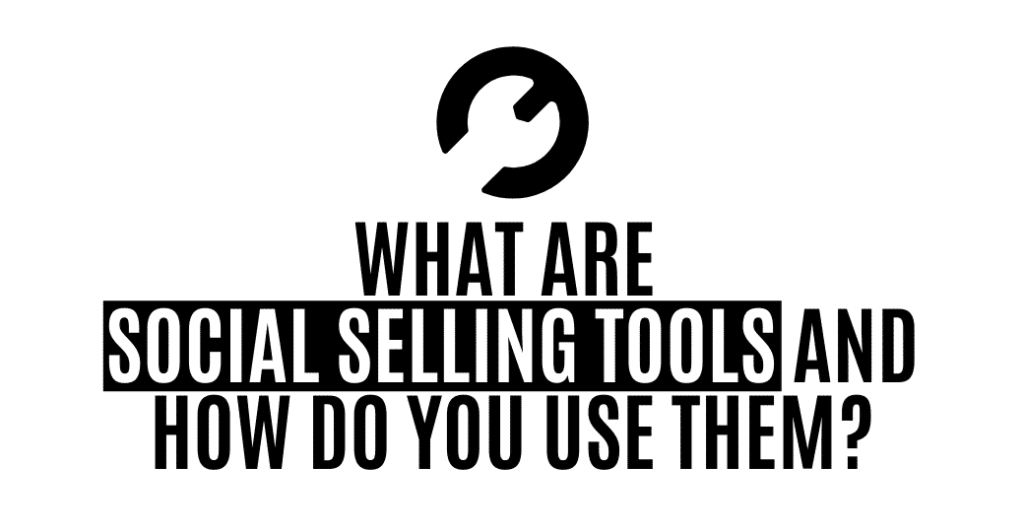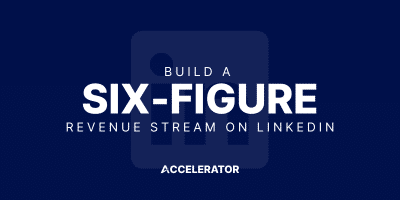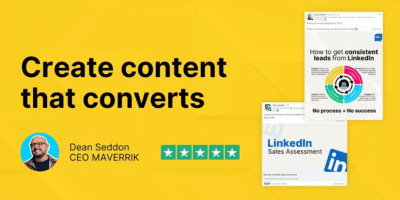Social Selling Tools are designed to help salespeople reach their target prospects and engage with them. They don’t all have to be messaging and prospecting tools. Content schedulers, analytics and information extraction tools all play a part in social selling. But, what exactly are social selling tools?
The Three Types of Social Selling Tools
There are three types of tools that are used for social selling. Content, Keyword and Prospecting. Each of these plays a part in the social selling process.
- Content Tools
Content tools consist of content creation, schedulers and analytics tools that post content on your behalf and track the performance of the post. Services such as Hootsuite, Buffer and Sprout Social all offer scheduling and analytical services with varying levels of features and services. Whereas Unsplash offers free stock imagery which can be used for designs or blog posts.
A more advanced version of content tools come in the form of video making software such as Animoto which creates social media-worthy animated content. These tools are all designed to save time throughout the content creation process.
- Keyword Tools
Keyword tools are a more advanced tool to improve your content, profile and website’s SEO activity. Google Adwords and Semrush are good examples of these tools. The best keyword tools don’t just show you the highest-ranking keywords but help you find niche keywords that have higher traffic, but less competition. Using keyword tools as a social selling tool means tailoring your content to these keywords to increase your reach. As well as show you topics your target prospects are looking into. Helping you find your value.
- Prospecting Tools
Prospecting tools help you find and reach your target audience through search tools and information gathering. LinkedIn’s Sales Navigator is probably the best prospecting tool around for social selling. It can find your target prospects and has account mapping features to show you who within a company you need to connect with to create a connection.
Why Should You Use Social Selling Tools?
It takes a lot of time and effort to create successful social selling strategies and these strategies can be a painstaking process if you aren’t a natural social media marketer. Not only do these tools help you create the right content, they help you reach the accounts you are looking to target. Without these tools, you will end up spending countless hours searching for your target audience. You don’t need to use the content scheduling tools however, as long as you are punctual and can post daily on time you will be able to be successful in social selling.
Using The Tools
If you’re looking to implement each social selling tool on the market here is the best way to use them.
- Use a Keyword tool to answer questions your target prospects have.
- Use Content tools to design and create content based on your keywords.
- Whilst posting content, search for, engage and connect with your prospects tools.
Using these three tools in tandem will allow you to stop making guesses and start taking the right steps to achieve your goals: being successful at social selling. Of course, there is no magic bullet when it comes to these tools. Each comes with its own limitations which you will see whilst you implement them. You can target keywords and create content all you want, but at the end of the process, you still need to be able to generate a conversation with your prospects. Don’t look for the life-changing tool, look for the right strategy.





